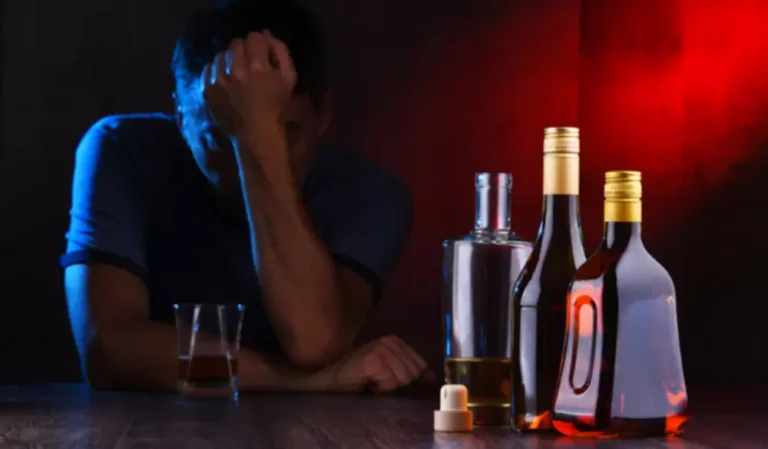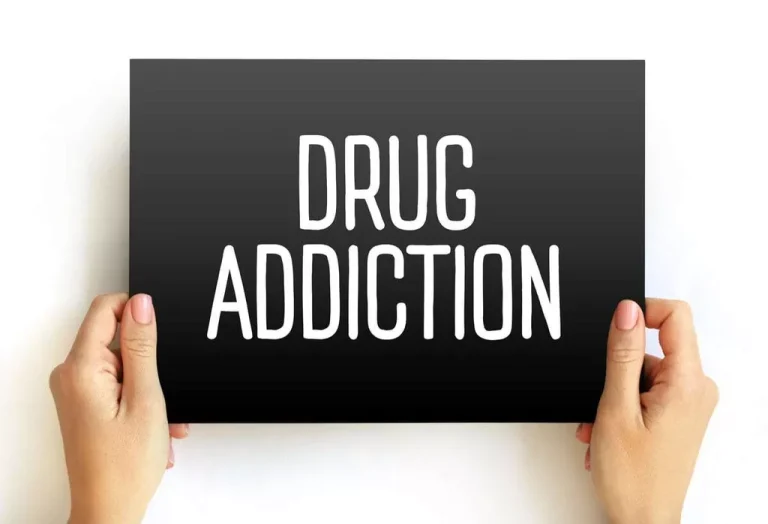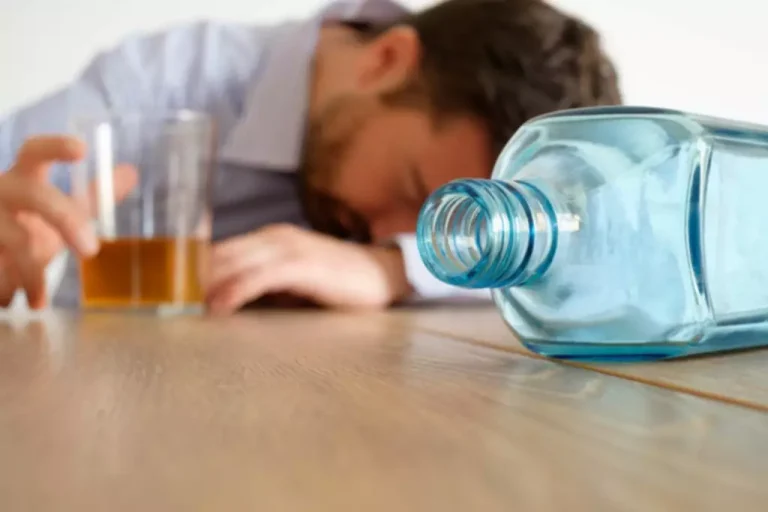
While every person’s alcohol addiction is unique, alcohol affects people in similar ways. Most people with an alcohol use disorder progress through three typical stages. But some people who drink face a risk of developing this chronic and progressive disease, which affects roughly 1 in every 8 Americans and contributes to about 88,000 deaths annually.

When should you cut down on drinking?
Because of the severity of the disease, medically monitored alcohol detox is a necessity. Between 3 and 5 percent of people withdrawing from alcohol develop grand mal seizures and severe confusion, known as delirium tremens. Delirium tremens symptoms typically begins about three days after other withdrawal symptoms start. It usually lasts for between two and three days, and it can be fatal.
Facial Flushing and Redness From Alcohol Consumption
Furthermore, alcoholism can impair circulation and immune system function, both of which can negatively impact skin health and exacerbate dermatitis symptoms. In addition, people who have an overactive copy of this gene may experience nausea, headaches, and overall discomfort when drinking alcohol. “They are less likely to drink alcohol because of how it makes them feel,” he says. Porphyria cutanea tarda (PCT) is another indicator of liver disease and is most commonly caused by alcohol use disorder.
- It can also cause yellowing of the sclera (whites) from jaundice caused by alcohol and liver complications.
- However, chronic and excessive alcohol consumption can have long-term effects on the skin, including a persistent redness or ruddiness, even when not actively drinking.
Does Red Face From Drinking Go Away?
- People who take certain medications that alter alcohol metabolism can also experience the alcohol flush reaction.
- One 2013 study showed that people who get flushed after drinking may have a higher chance of developing high blood pressure.
- U.S. dietary guidelines define a moderate, low-health-risk alcohol intake as one drink or less per day for women and two or less for men.
- People who experience this side effect have a mutation of aldehyde dehydrogenase 2 (ALDH2), a detoxifying acetaldehyde.
This effect was observed in 52% of participants after consuming a moderate amount of alcohol. Alcohol also affects sleep, meaning eyes are often saggy and darker after long periods of alcohol consumption. It also means that individuals who abuse alcohol are more likely to be drowsy during the day, making driving and working potentially dangerous. We spoke to Dr. Bart Kachniarz from Belcerna Plastic Surgery in Miami about skin-related side effects of alcohol abuse and how they can be treated, if at all.
Alcoholic Nose
This syndrome is irreversible and leaves a person with mental disturbances, partially paralyzed eye movements, confusion, drowsiness and a stagger. The consequences of excessive drinking are typically not considered until it is too late. Just as with an alcoholic nose, these physical indicators of such a habit can result in a great deal of isolation that will only fuel the toxic cycle. Consistently drinking over a period of time leads you to develop a tolerance for the substance. If you suddenly stop drinking alcohol, it can lead to a number of uncomfortable alcohol withdrawal symptoms.
- Although anyone can lack this gene, it is more common for people from East Asia not to have it.
- If possible, you should try giving up booze altogether and replacing it with something healthier.
- An alcoholic who doesn’t give their body time to recover from the alcohol, will suffer with skin conditions due to persistent dehydration [28].
- Although the condition can occur in anyone, alcoholism is strongly linked to the development of rhinophyma, also commonly referred to as drinker’s nose or alcohol nose.
- People of Asian and Jewish descent are more likely to have this problem.
This increased heat relaxes facial muscles and opens more capillaries on the skin’s surface, giving those red cheeks. Now that you know more about the relationship between alcohol and rosacea, take the steps needed to get your life back on track. Kicking your drinking habit can minimize or prevent rosacea flare-ups and improve skin health. Alcoholic beverages also stimulate the production of inflammatory cytokines, causing the skin to swell. These factors combined may trigger facial flushing and other rosacea symptoms. Alcoholic myopathy is a condition that causes loss of function, strength, and deterioration of muscles after prolonged excessive alcohol consumption or binge drinking.

The first step in treating alcohol addiction is often through medical alcohol detox, which involves clearing alcohol from the body. This can be done in an inpatient or outpatient setting, and medical supervision is often necessary to manage withdrawal symptoms. More significant changes in skin tone or a yellowing skin tone could be a sign of jaundice and progressing liver damage or hepatitis. It can also affect why do alcoholics have a red face your sleep, increase inflammation in the body, and cause weight gain if you’re not careful about calories in those umbrella drinks. Put simply, the body doesn’t handle the alcohol in the same way as drinkers without the mutation. The amount of alcoholic beverages you enjoy really doesn’t matter if you’re intolerant to alcohol, so that glass of wine could be enough to cause your face to flush.

